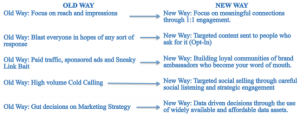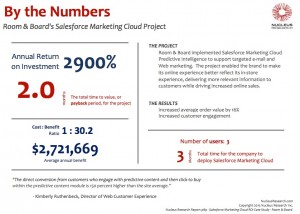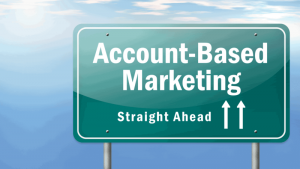Today, I’d like to talk about toilet paper, more specifically, toilet paper math. Bear with me because I know you’re asking yourself, “Self, what does toilet paper have to do with online marketing?” I’ll explain, but first let’s look at the history of toilet paper.
Have you ever noticed that toilet papers squares, are in fact, not actually square?
A Brief History of Toilet Paper
 In the sixth century AD, toilet paper was used in China for the first time. In the 14th century, it was starting to be manufactured for public consumption. Then in the 19th century, 1853 to be exact, it was put on a roll and patented. Let’s talk about those rolls.
In the sixth century AD, toilet paper was used in China for the first time. In the 14th century, it was starting to be manufactured for public consumption. Then in the 19th century, 1853 to be exact, it was put on a roll and patented. Let’s talk about those rolls.
The average cost of a roll of toilet paper today is about 85 cents, but most cost over $ 1.20. The price has not really changed over the course of the last 10 years. What has changed, though, is back in the early 2000’s the size of toilet paper was a 4 1/2? by 4 1/2? square. Since then it’s shrunk. It was resized to a 4.1? square. Then, they kept it that width (so it would still fit on a toilet paper holder) but shrunk the height to 3.7?. That means that the sheets are narrower and are almost 20% shorter than before.
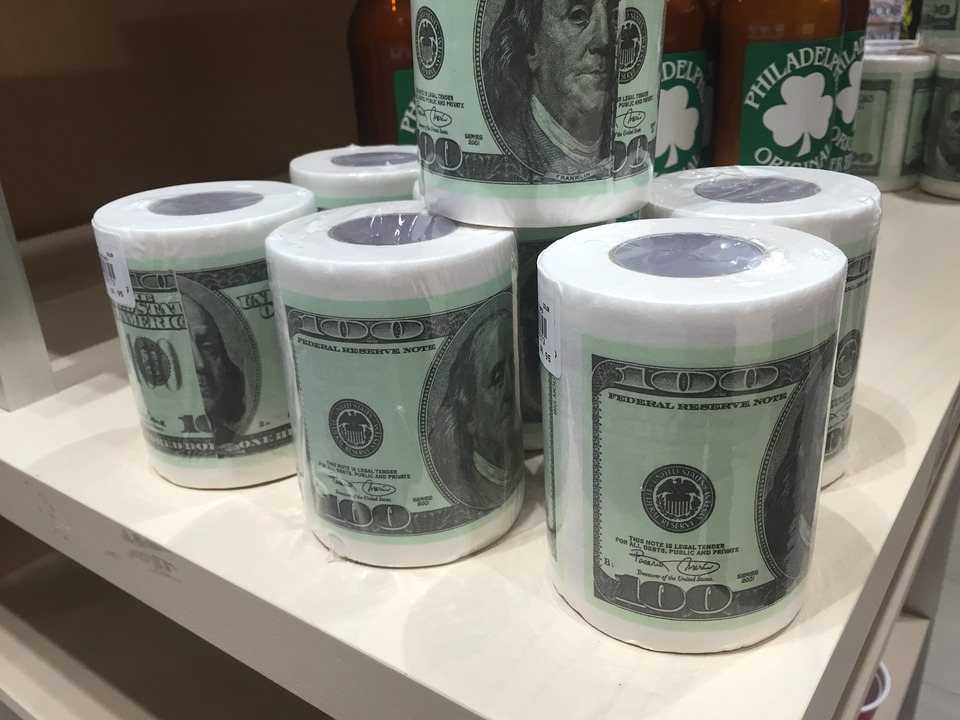 How many pieces do people use? On average about 57 sheets a day. That equates to about 50 or 60 rolls a year and costs between $ 60 and $ 80 per person. It takes one tree to make 200 rolls and about 83 million rolls are made a day (that’s a lot of trees!)
How many pieces do people use? On average about 57 sheets a day. That equates to about 50 or 60 rolls a year and costs between $ 60 and $ 80 per person. It takes one tree to make 200 rolls and about 83 million rolls are made a day (that’s a lot of trees!)
The biggest thing that you have to understand is they shrunk it down, they put more on a roll, so it costs less to manufacture, less to package, thus making the companies more money. This is where toilet paper math comes in. I’m sure you’ve gone to a Target or a Walmart and you see those big packages of toilet paper that say 12 rolls equals 24, 12 equals 30, 16 equals 96. It’s kind of fuzzy math when you look at it, but really what they’re saying is you get more in this package than you used to because there’s more on a roll.
Toilet Paper Math
What does it really equate to? The bottom line is companies are trying to make you feel like you’re getting more for your money, but in reality what you’re really getting is less paper, shorter squares, and you’re paying about the same price. And they’re making more money. That’s what toilet paper math is all about -making you feel like you’re getting more value when actually you’re paying the exact same price, (and at $ 1.20 a roll, it still sounds expensive to me).
B2C Tactics In A B2B World
What happens in the Business to Business online marketing world is, that savvy marketers try to use consumer style tactics to convince you that you’re getting more value than you really are. That’s what I really want to talk about today.
Consumer tactics are based on the fact that you’re selling things in bulk and trying to sell to a very wide audience and getting results. When you’re doing advertising, say mailers or any kind of consumer type ads you may want to try, you’re usually going to get a 1% to 2% return of the number of people that you reach who will act and buy what you’re selling. That’s what consumer tactics in a B2b world are like. That’s what some marketers or agencies try to do. They are successful with consumers so they have to work for B2b, right? They try to get you to buy into the concept of more is more, when actually more is less. Consumers are finicky and change brand based on coupons. Businesses succeed when they build long term lasting, value based business relationships.
Some marketers or agencies are successful with consumers so their tactics have to work for B2b right?
Ads
Next, let’s look at some of the most common consumer tactics that marketers try to sell you. First, do you see all kinds of ads for ads? Think about the Google ads, Facebook ads, Instagram ads you see surfing the net. They’re all trying to get their product and service in front of as many people as possible with the hope that they will convince people to take action. In reality, pay-per-click success and ROI is very tough to achieve. Especially in the Google world because you have to use very targeted keyword phrasing.
If you use too broad of a keyword, chances are you’re going to spend a lot of money on a lot of wasted clicks. Facebook is another place where people advertise about Facebook and other online marketing techniques. The cost per clicks are a lot lower, and you can target people down to what kind of dog they have. What you have to realize is that you’re dealing with mostly consumers, not just business people.
The final thing I want to talk about when it comes to ads is there are strategies that work. One of the things I do with my customers is a LinkedIn strategy, where we spend time figuring out how much traffic is being driven back to your website and we start to collect demographic information. That can be very helpful, but that’s a B2b ad strategy that takes time and can get very expensive. We have found great success in micro targeting for B2b audiences.
SEO
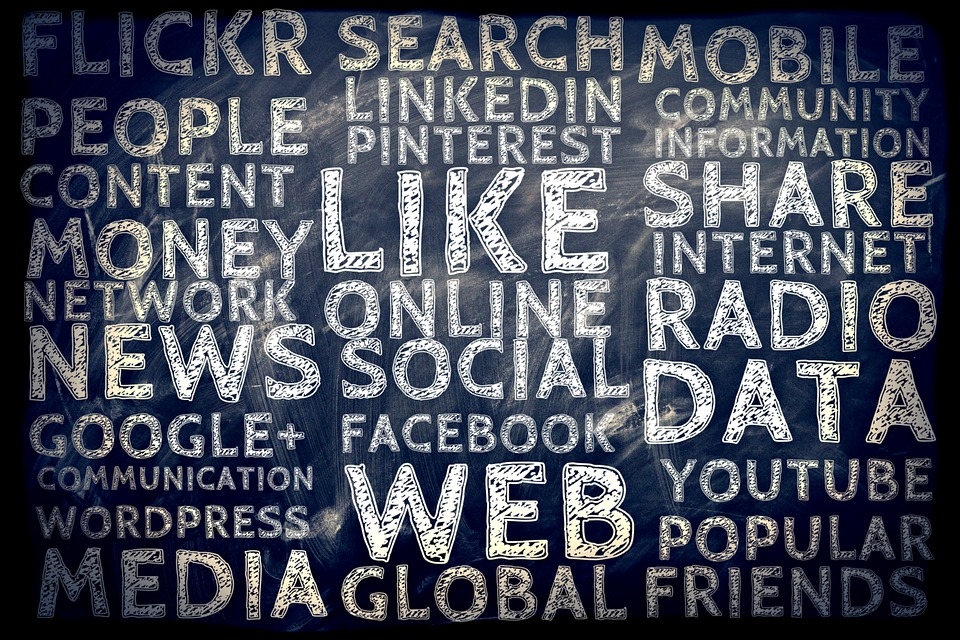 The second thing I see people selling all the time is SEO. Business people go to webinars and seminars and they become convinced that SEO is the Holy Grail and want to use SEO on their website. I like and use SEO, but it’s not a cornerstone thing (or something that I would focus on alone to build business).
The second thing I see people selling all the time is SEO. Business people go to webinars and seminars and they become convinced that SEO is the Holy Grail and want to use SEO on their website. I like and use SEO, but it’s not a cornerstone thing (or something that I would focus on alone to build business).
Yes, it can get a lot of traffic, but it can take months to become even slightly effective. Ultimately what traffic are you getting? I could get you a million people to your website today, for around $ 500, but chances are they’re going to be coming from China and India and not going to buy anything from you (but it sure feels good). The other side of SEO and SEM is this type of advertising tends to get a lot of tire kickers and price shoppers. SEO has its place, but can be less successful than sold in the B2b space.
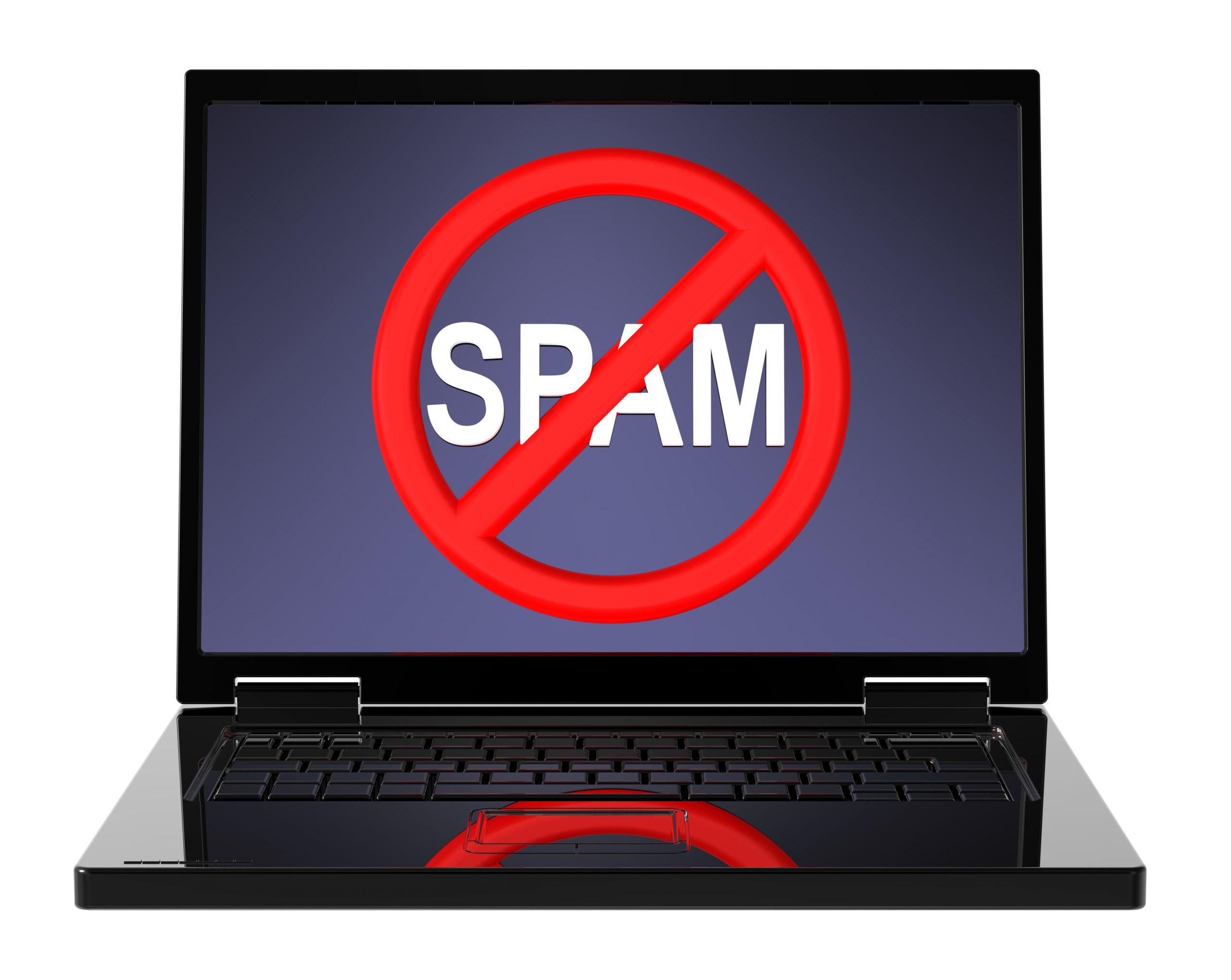
Another consumer tactic, (that can actually work for B2b companies) is email marketing. You see ads for Constant Contact on TV and they look easy and successful right? Businesses believe that if they can collect as many names as possible, they can broadcast their way to success. Some people even go as far as to buy lists. Those lists are pretty much useless (and can get you banned from sending email on some systems (Can-Spam Act).
I have had clients tell me, “I hate getting email so I refuse to send anything more than once a month or once a quarter!” That is because they are subscribed (often without permission) to a list that does nothing to provide them any value… just ad, after ad, after ad! The other thing that businesses tend do with email is save up news stories and send the dreaded ‘Newsletter’ or Digest with 10 to 20 different unrelated stories inside of them. That’s simply not the most effective way to use it. Most of these have open rates below 10%. Targeted emails with 1-2 topics get between 20-50% open rates and have much lower unsubscribe rates.
Business To Business Online Marketing
If you really want to start to generate quality leads in a B2b world, here are the things that I suggest you focus on.
Number one, focus on your website. It’s your home base. Don’t just put a little Botox on it (make it pretty) give it a colonoscopy! You have to dig deep behind the code to make sure it’s an optimized system that generates traffic and captures data that is easily accessible and immediately usable. More importantly, make sure that you’re creating content that gives answers to your customer’s most probing questions.
The second thing you want to do is entice people with really great stuff; assessments, quizzes, surveys (with giveaways), checklists, eBooks, something that entices them to give you their name and email address that is an equal exchange for the value of whatever you’re giving them. That way you know they’re probably quality potential customers.
The next thing to do is make sure that you have a system set up. You want to quickly and effectively be able to message them on social media or send them emails. Have some kind of followup system that offers them short (easy to read on a cell phone), helpful, value filled offerings. That’s the most effective way to build an audience of very specific people that are interested in what you have.
Final Thoughts
 I want to leave you with some final thoughts.
I want to leave you with some final thoughts.
Use your website as a launching pad to create and distribute customer-centric content. This content will drive them to your website so you can collect data. The better the quality of the content, the more data you’re going to be able to collect. More data can lead to quality conversations and quality relationships that are needed in the B2b world.
The next thing that you have to do is create a followup system. That means you want to be able to track the interactions and know when people are interested and need the products and services you have. This takes time, so make sure you’re consistent and have patience.
Let me leave you with one final thought. I would rather spend 10 minutes with 10 people who know me, than 10 seconds with 10,000 people who don’t.
I would love to hear your thoughts on this. Comment below and share your thoughts, ideas or questions about these online marketing techniques. Have you had to overcome any of the presented concepts? What worked and what did not live up to your expectations? Do you have any ideas or advice you could share?
Digital & Social Articles on Business 2 Community
(61)

